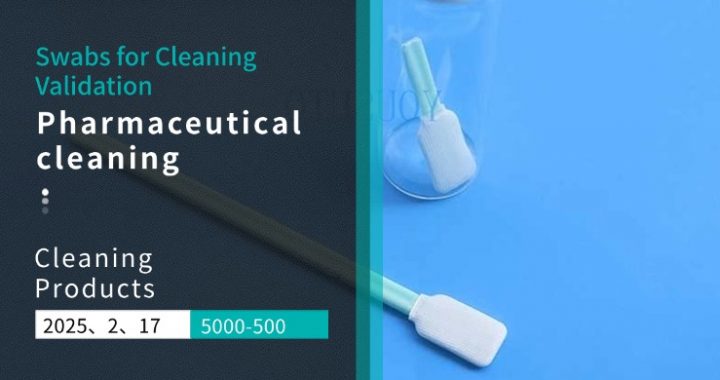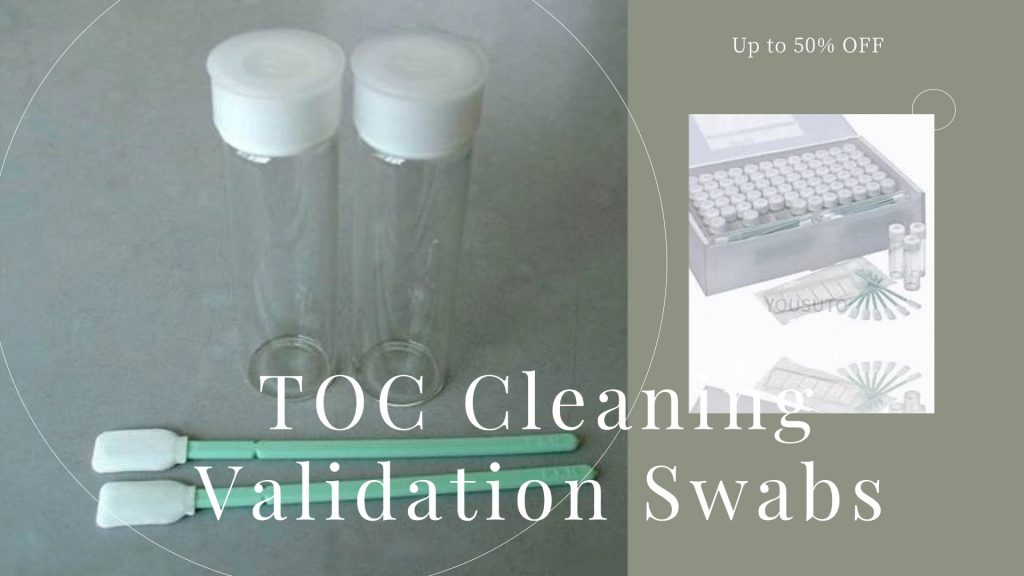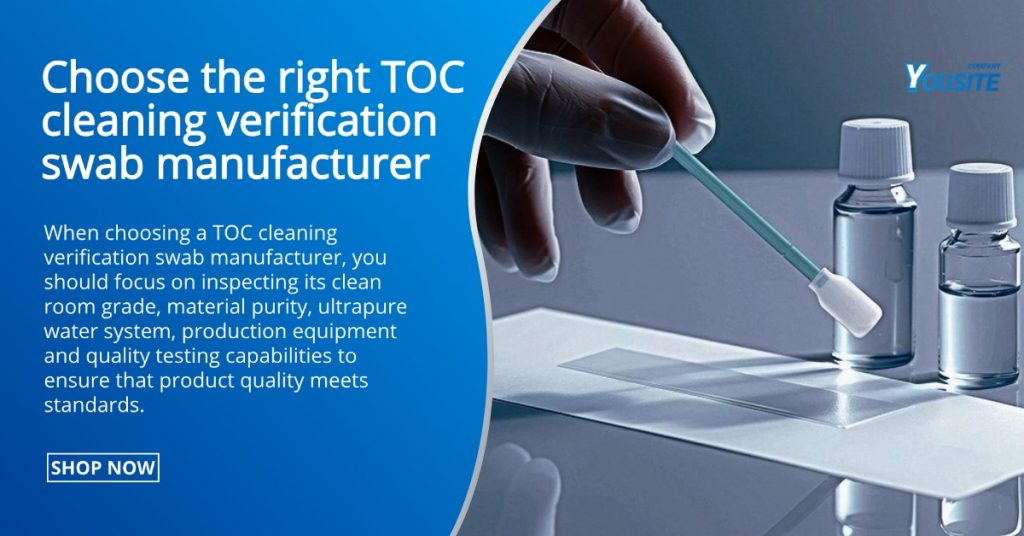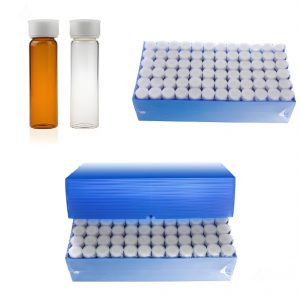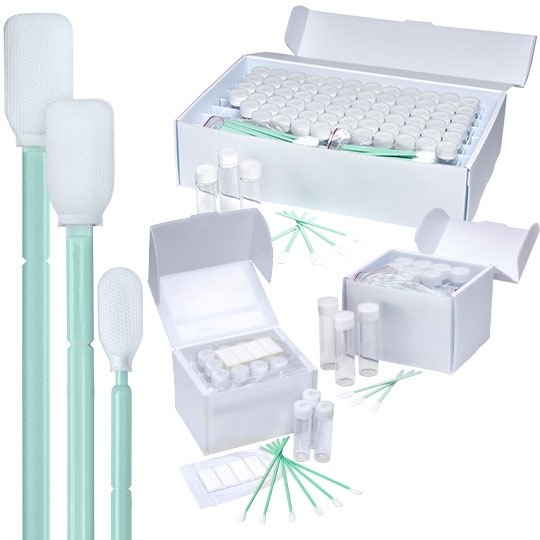In pharmaceutical manufacturing, maintaining the highest level of cleanliness is not just a regulatory requirement but a fundamental aspect of ensuring patient safety. Before any production begins, thorough cleaning and validation processes must be performed to eliminate any residues from previous batches, ensuring that subsequent products are free from contamination.
This article explores key factors influencing cleaning validation and why it is critical for pharmaceutical operations.
Preconditions for Cleaning Validation
Before conducting cleaning validation tests, several key aspects must be confirmed:
1. Establishing a Cleaning Procedure
Each piece of equipment requires a tailored cleaning procedure based on product characteristics and equipment specifications. The process must include crucial parameters such as cleaning agents, exposure time, and mechanical action to ensure thorough decontamination.
2. Residue Analysis Method Validation
A validated analytical method must be in place to detect and quantify product residues effectively. The selected method should be sensitive, specific, and capable of determining whether residual contamination levels meet acceptable limits.
3. Swab Sampling Recovery Testing
Swab recovery studies must be conducted to assess the efficiency of the sampling method. This involves preparing test solutions at levels close to calculated residue limits, using identical materials and sampling tools, and performing recovery efficiency tests under actual conditions.
Defining Cleaning Validation Methods
To streamline cleaning validation, similar equipment and products can be categorized into groups. Representative equipment or products can then be selected for testing, based on factors such as:
- Product Solubility: Consideration of water solubility, detergent compatibility, and batch sizes.
- Worst-Case Equipment Conditions: If multiple machines share similar materials and cleaning procedures, the most challenging-to-clean equipment should be chosen for validation.
- Equipment Classification: Grouping similar, interchangeable equipment with identical cleaning methods together simplifies validation efforts.
Determining Residue Limits and Testing Methods
1. Residue Limit Calculation
Regulatory guidelines provide standards for establishing acceptable residue limits. Commonly used approaches include:
- 10 ppm Standard: The residual active ingredient from a previous product should not exceed 10 ppm in the next product.
- Toxicology-Based Standards: Establishing limits based on toxicological data and acceptable daily intake levels.
2. Selecting Analytical Methods
The choice of detection method depends on product characteristics and required sensitivity. The most stringent residue limits should be adopted, ensuring compliance with industry standards.
Sampling Methods and Locations
1. Swab Sampling
Swab materials must have high solvent absorption and minimal interference with analytical testing. Swabbing should cover predetermined areas (typically 100 cm²), and samples should be extracted using appropriate solvents before analysis.
2. Rinse Sampling
Post-cleaning rinse samples are collected and analyzed to detect any remaining contaminants in the system.
Factors Contributing to Cleaning Validation Failures
Despite careful planning, several factors can lead to cleaning validation failures:
- Inadequate Cleaning Procedures: Failure to remove residues effectively.
- Ineffective Cleaning Agents: Unsuitable detergents may not eliminate contaminants completely.
- Incorrect Cleaning Protocols: Improper steps or insufficient cleaning duration.
- Operator Errors: Deviations from established protocols can compromise cleaning effectiveness.
- Inaccurate Validation Methods: Poorly designed or inappropriate analytical techniques.
- Equipment Issues: Surface damage or design flaws that hinder proper cleaning.
- Environmental & Operational Factors: Variability in conditions and staff proficiency.
Case Studies in Cleaning Validation
1. Minimizing Contamination Risk from Sampling Tools
A pharmaceutical facility experienced repeated microbial limit failures during cleaning validation. After thorough investigation, it was discovered that prolonged storage of sterilized sampling bottles led to microbial contamination. Adjustments to storage procedures resolved the issue, ensuring compliance with microbial safety standards.
2. Developing Effective Residue Analysis Methods
A company faced challenges in selecting an appropriate analytical method for residue detection. By evaluating the solubility and toxicity of various residual compounds, they adopted high-performance liquid chromatography (HPLC) for its superior specificity and sensitivity. This improved the accuracy of their cleaning validation process.
Cleaning validation is a critical component of pharmaceutical manufacturing, ensuring product safety and regulatory compliance. A well-designed validation process, supported by effective sampling methods and precise analytical techniques, minimizes contamination risks and guarantees high-quality production. By continuously refining cleaning procedures and validation protocols, pharmaceutical companies can uphold the highest standards of safety and efficacy.
